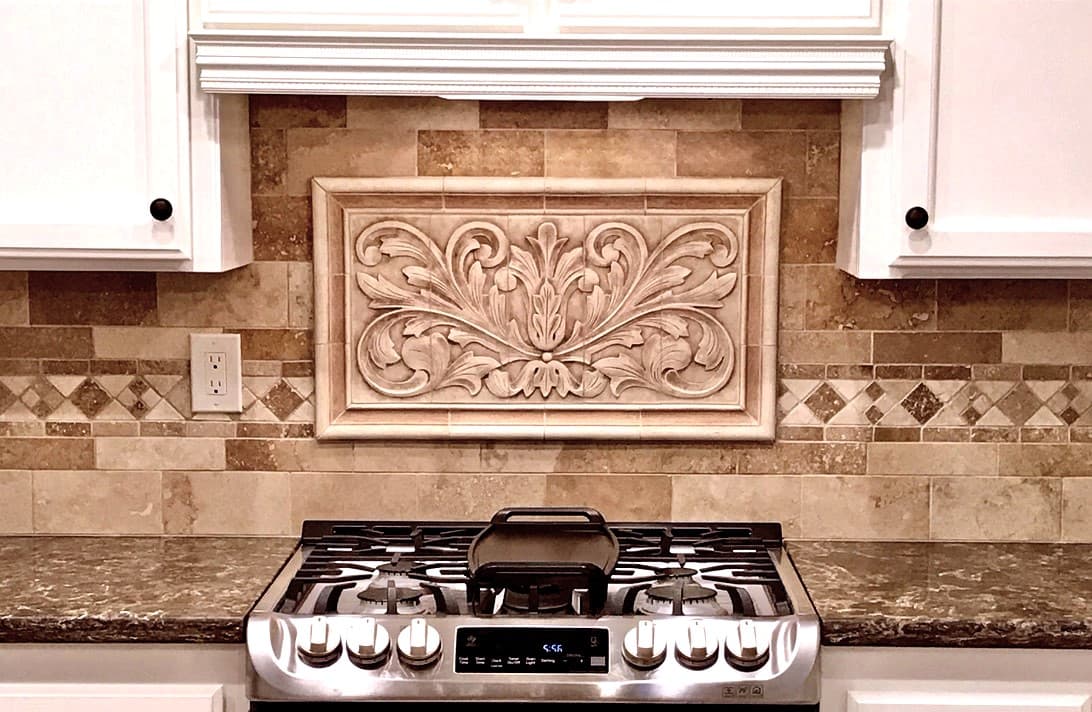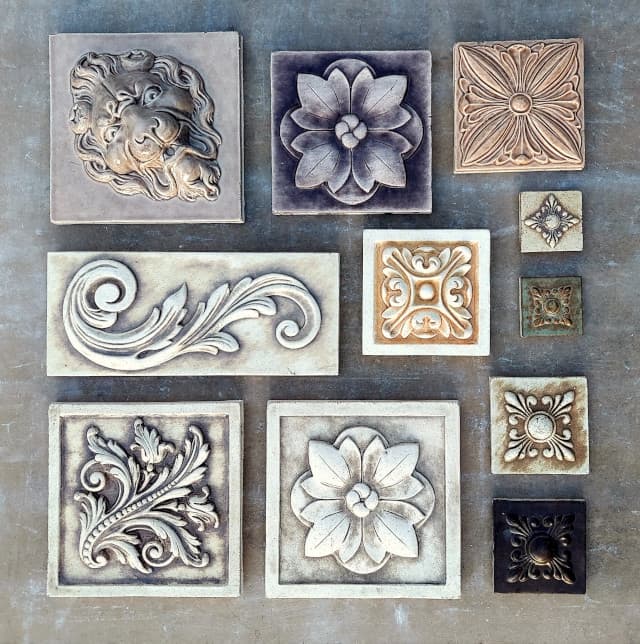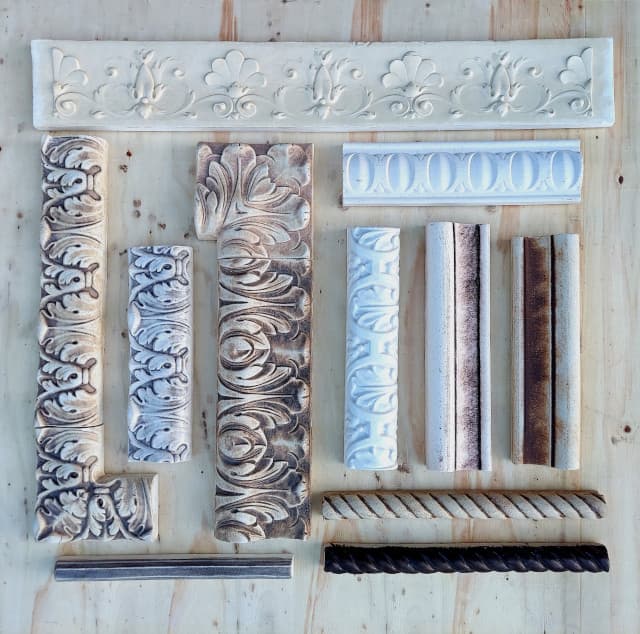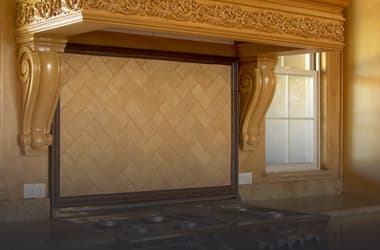
Ceramic Mosaic Tiles: A Detailed Look at the Process
Recent Posts
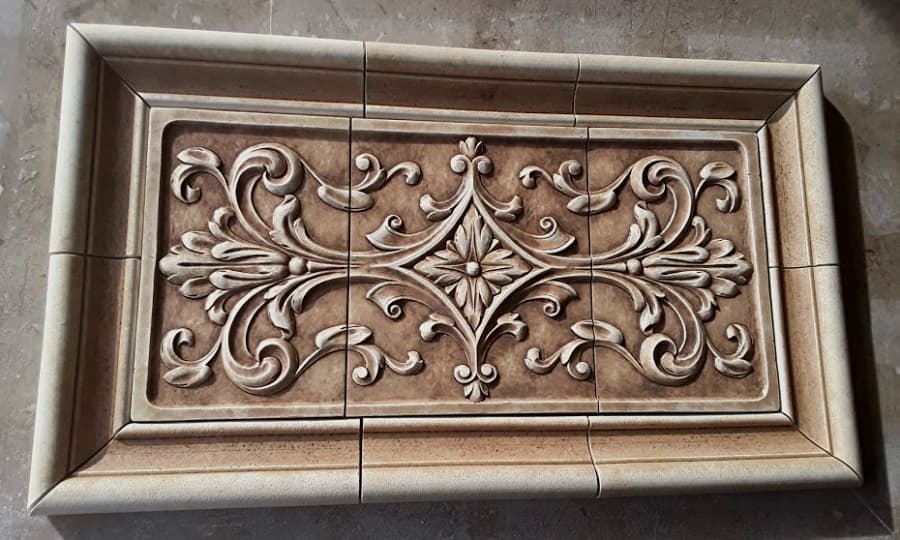
Relief Tiles Storytelling Through Texture and Form
MAY 3, 2025

Andersen Ceramics: Meet The Maker
MAY 2, 2025
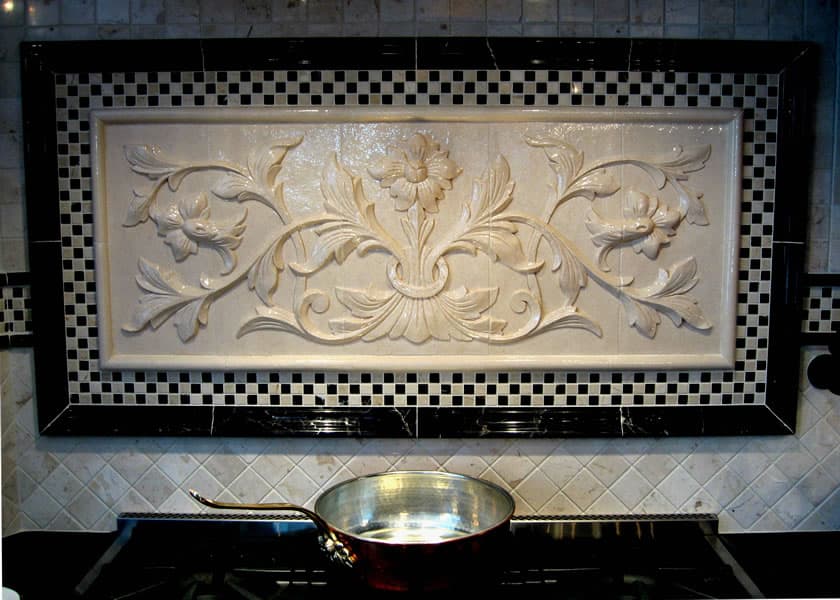
Textured Ceramic Tile Backsplashes: Adding Depth and Dimension
MARCH 22, 2025
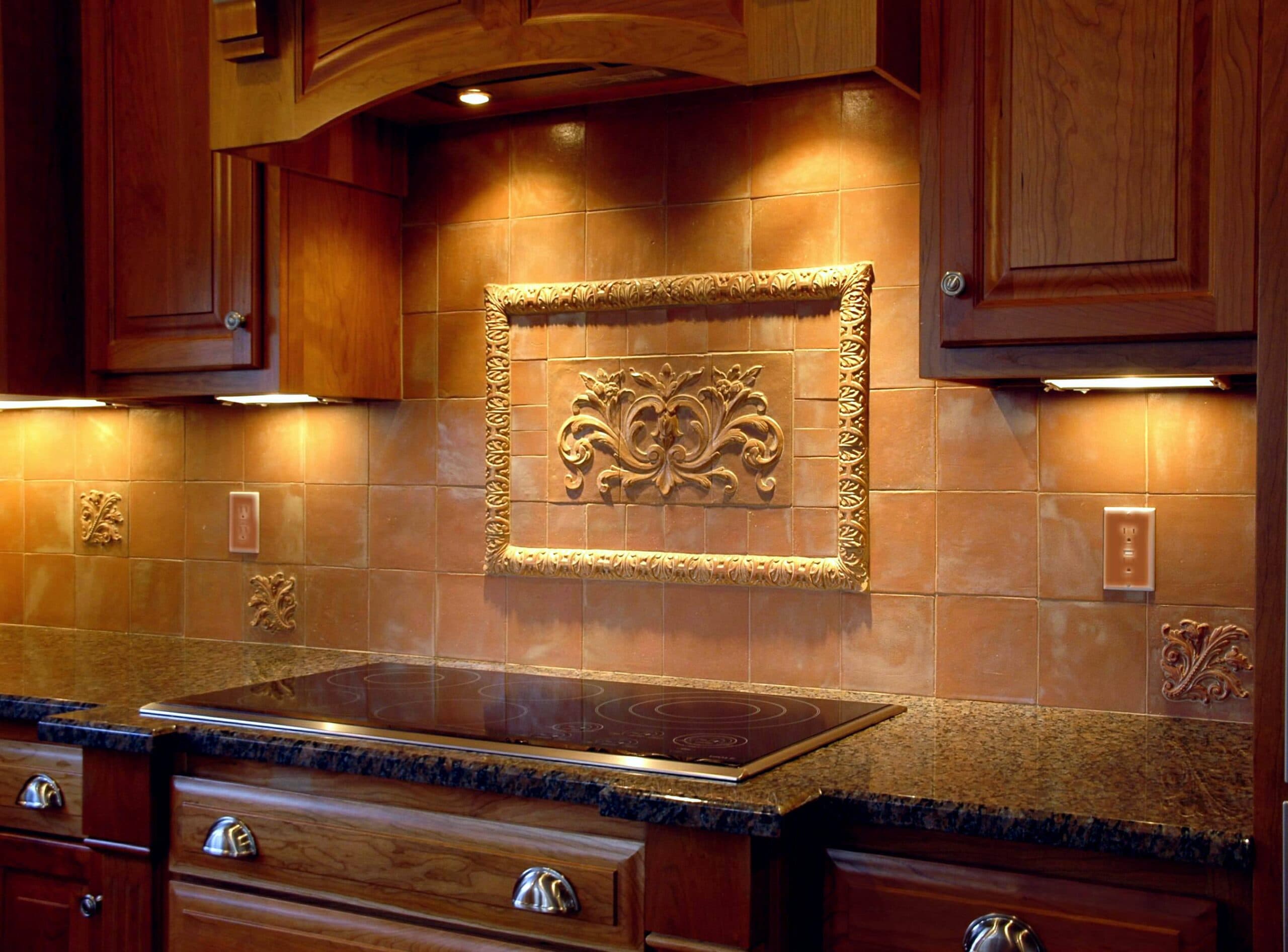
Backsplash Tile Designs That Increase Home Value
MARCH 19, 2025

High Fire Glazes in Contemporary Ceramics
FEBRUARY 21, 2025
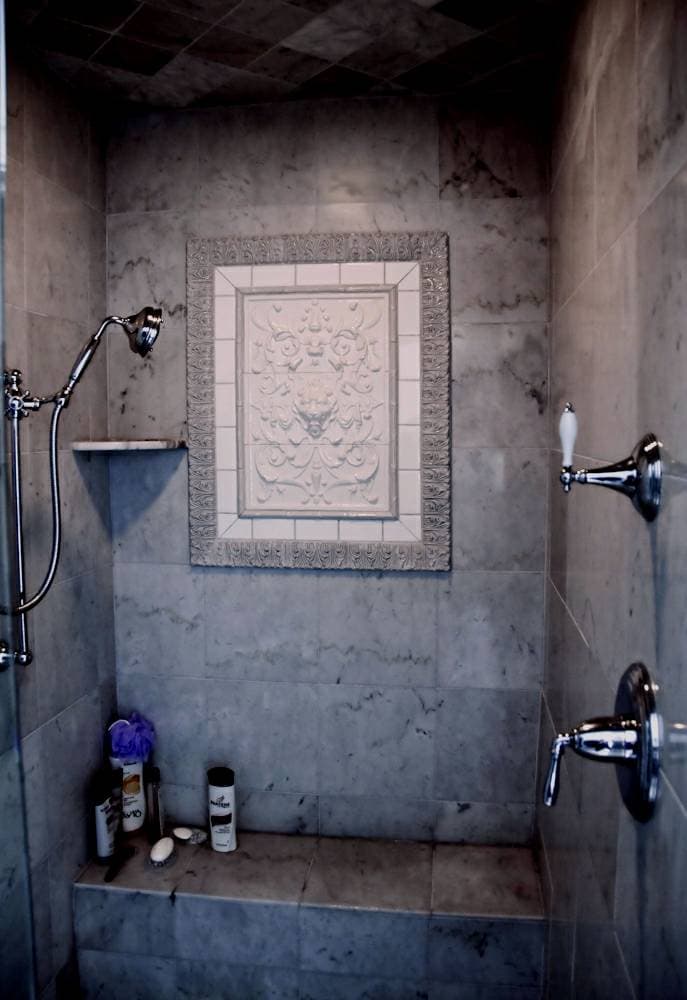
Incorporating Relief Tiles into Your Bathroom Design
FEBRUARY 21, 2025

NOVEMBER 20, 2024
Ceramic Mosaic Tiles: A Detailed Look at the Process
Ceramic mosaic tiles are a blend of artistry and functionality, adding charm to any space with their intricate designs and versatile applications. While these tiles may seem small, the process of creating them is a fascinating journey that combines craftsmanship, precision, and creativity. Whether you’re an interior designer or a curious enthusiast, understanding how ceramic mosaic tiles come to life can deepen your appreciation for their beauty and utility.
Step 1: Designing the Mosaic
The process begins with a vision. Designers sketch patterns, considering factors like color schemes, geometric arrangements, and the tile’s final application. For ceramic mosaic tiles, precision is crucial because the patterns often involve small, interlocking pieces that must fit seamlessly together.
Designers may use software to create digital templates or draw patterns by hand. At this stage, creativity flourishes, with artisans drawing inspiration from historical motifs, natural elements, or contemporary art.
Step 2: Preparing the Clay
The foundation of any ceramic tile is the clay. Artisans carefully select a clay type that offers durability and workability. The clay is mixed with water to achieve the right consistency, then kneaded to remove air bubbles and ensure even texture.
Once the clay is ready, it’s rolled into thin sheets using a slab roller. These sheets are cut into smaller sections to form the base shapes for the mosaic pieces. For intricate designs, artisans may use stencils or molds to create consistent shapes.
Step 3: Shaping the Tiles
Cutting and shaping the tiles is where the magic begins. Artisans use precision tools, such as tile nippers or small cutters, to shape the pieces into various forms like squares, triangles, or organic shapes.
This step often requires a steady hand and a sharp eye, especially for detailed designs. Some mosaic tiles are left with smooth edges, while others are intentionally chipped for a rustic, hand-crafted appearance.
Step 4: Drying and Firing
After shaping, the tiles are left to air dry until they are firm enough for firing. This process removes excess moisture and ensures the tiles won’t crack in the kiln.
Once dry, the tiles are fired at high temperatures (typically between 1,800°F and 2,400°F). This initial firing, known as bisque firing, hardens the tiles and prepares them for glazing.
Step 5: Glazing and Decorating
The glazing stage brings the tiles to life with color and texture. Artisans apply glazes using brushes, sponges, or spray guns, creating finishes that range from glossy and vibrant to matte and muted.
For mosaic tiles, some designs may involve multiple glazes to create intricate patterns. The tiles are often hand-painted, especially for bespoke or artistic pieces, allowing for endless customization.
Step 6: Final Firing
Once the glaze is applied, the tiles go through a second round of firing in the kiln. This step melts the glaze, creating a smooth, durable finish that protects the tiles and enhances their aesthetic appeal.
The firing temperature and duration are carefully controlled to ensure the colors remain vibrant and the tiles retain their intended size and shape.
Step 7: Assembling the Mosaic
The final stage involves arranging the tiles into a cohesive mosaic. Artisans meticulously place the pieces on a mesh backing or directly onto a substrate, ensuring the design aligns perfectly.
For larger projects, tiles are pre-arranged into panels for easier installation. This step requires patience and attention to detail, as even small misalignments can disrupt the overall pattern.
Why Ceramic Mosaic Tiles Stand Out
- Versatility: Ideal for backsplashes, flooring, and wall art.
- Durability: Withstands moisture, heat, and wear, making them perfect for high-traffic areas.
- Aesthetic Appeal: Offers endless possibilities for color, texture, and pattern.
Crafting ceramic mosaic tiles is a labor of love, combining age-old techniques with modern innovation. The result is a stunning, functional work of art that can transform any space into a masterpiece.

